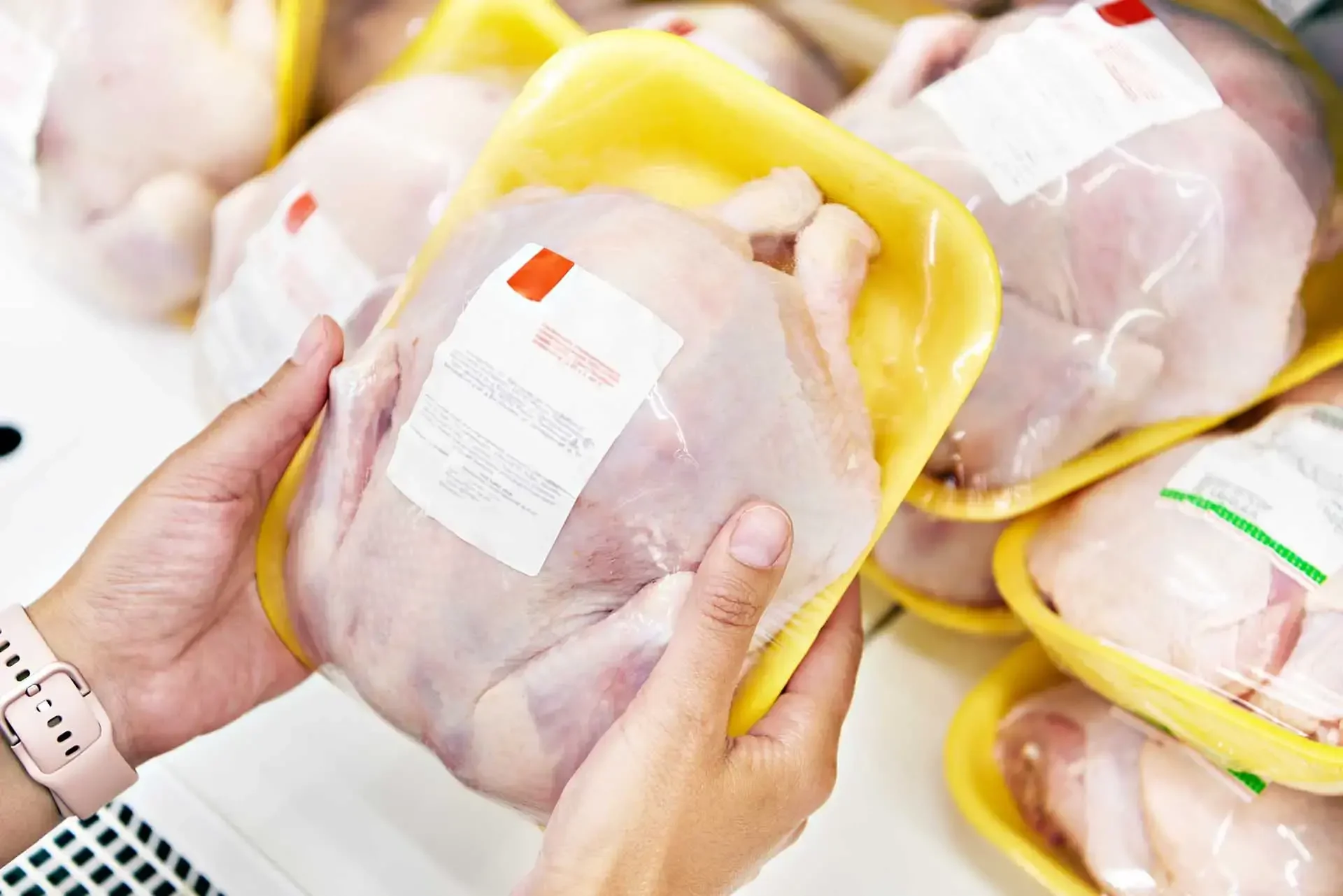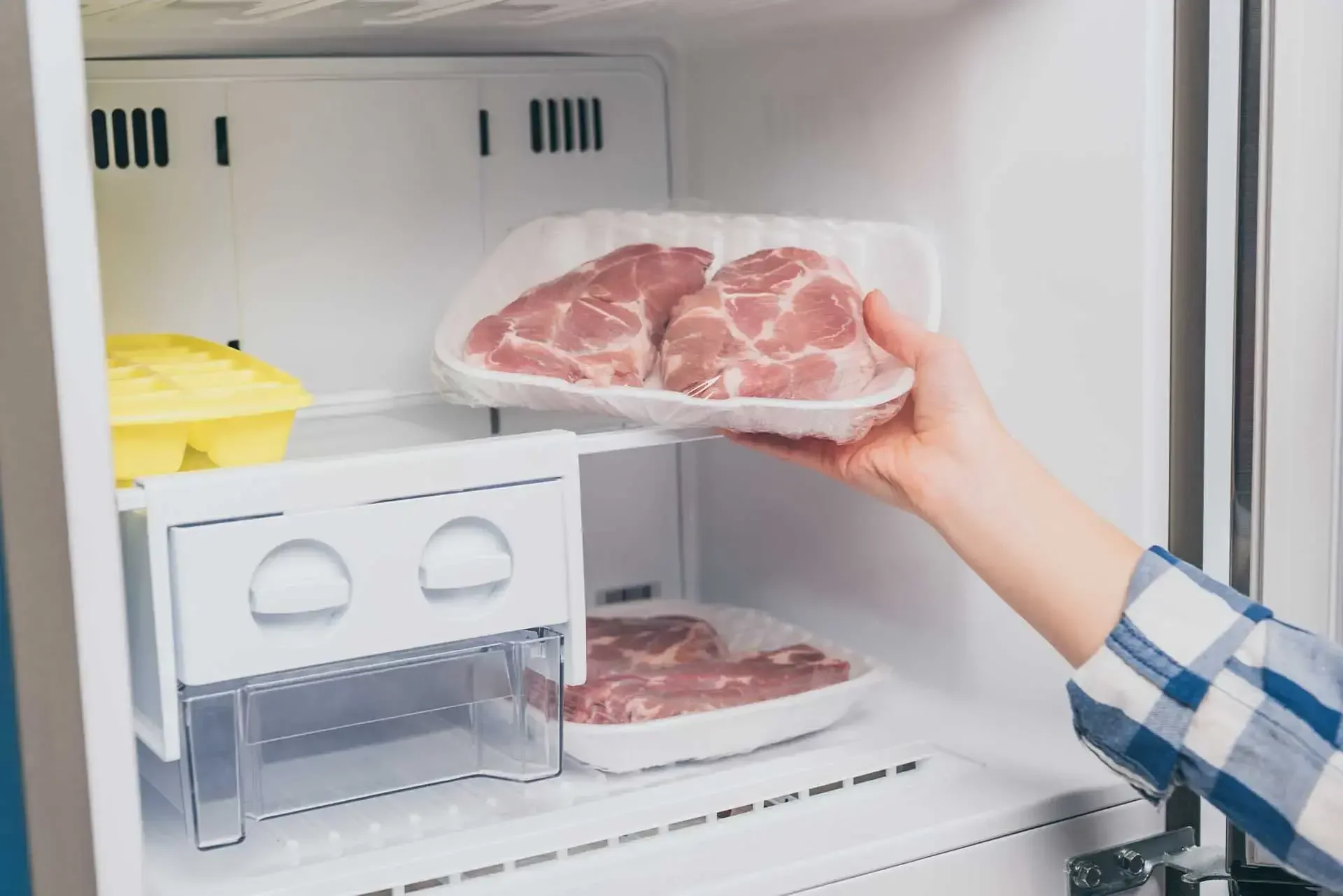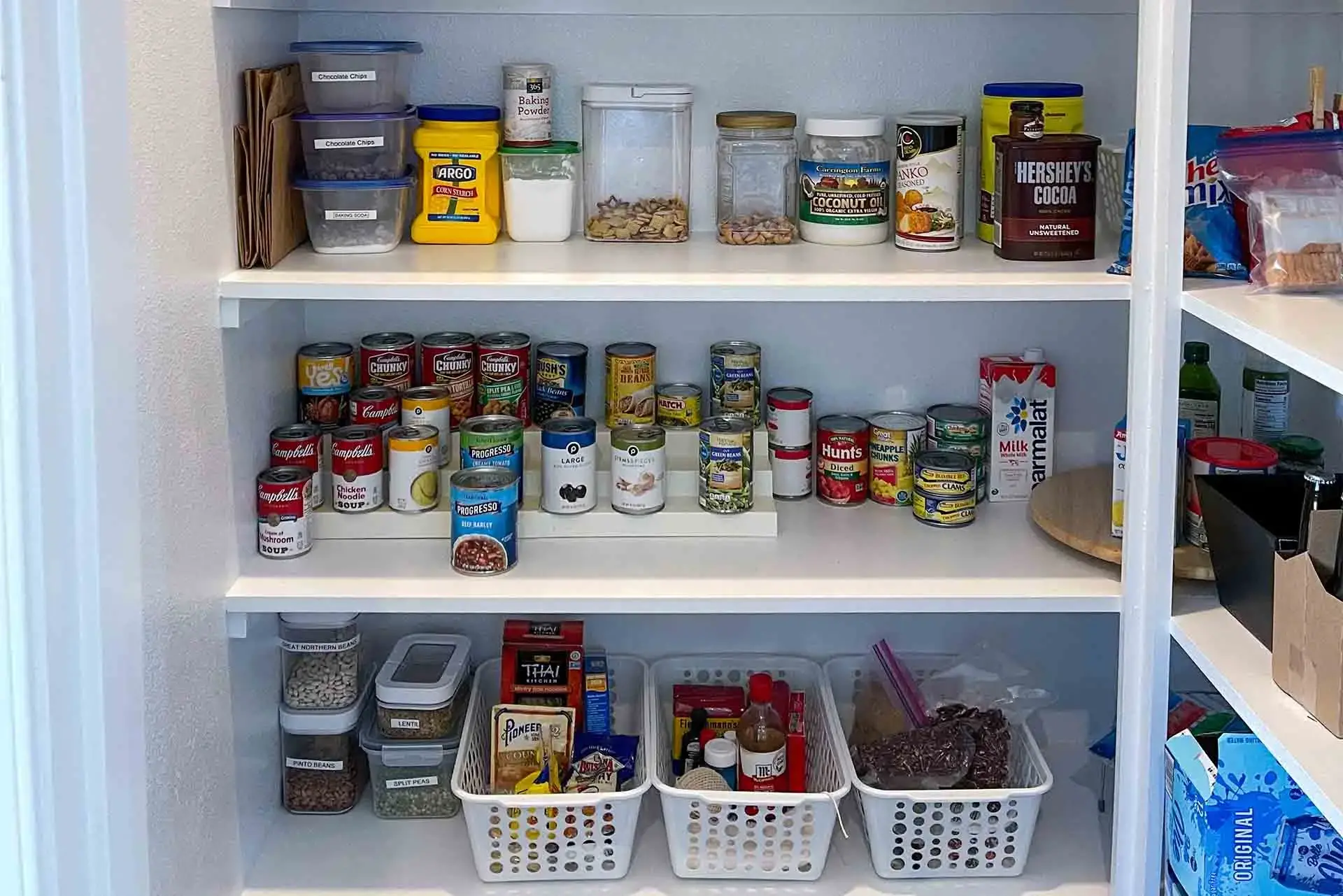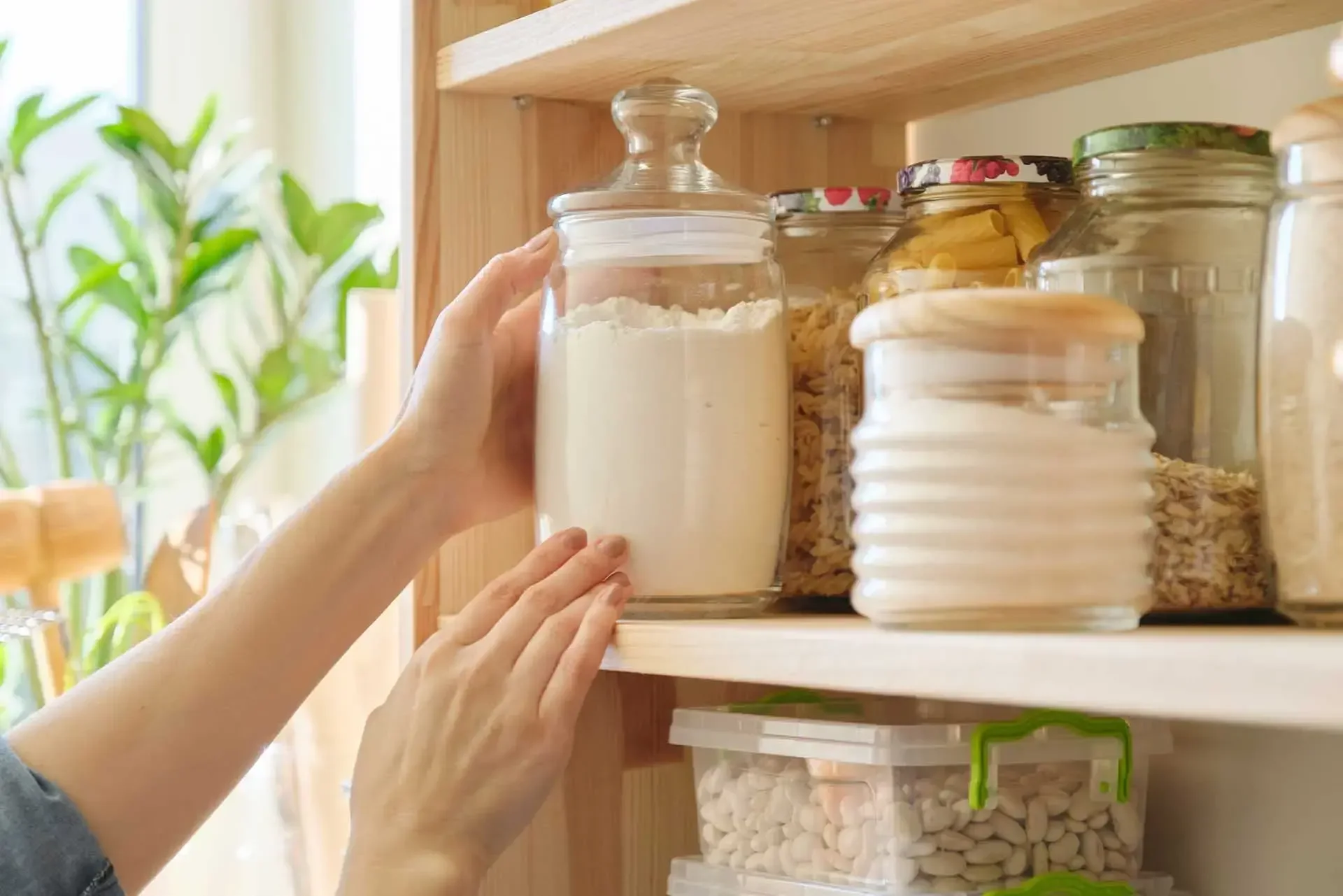You’d be hard-pressed to find a Filipino that doesn’t enjoy eating good food—it’s in our DNA! To make sure food stays good, it's important that we make smart choices as soon as we step into the supermarket. For that to happen, we need an understanding of what perishable and non-perishable goods mean.
In a nutshell, perishables are the food items that need more care and attention lest they spoil, AKA, “go bad.” On the other hand, non-perishables can be considered “low maintenance” in terms of storage and shelf-life. Knowing this difference can lead to more economical practices, and tastier dishes, for your household.
If having tastier food sounds appealing to you, let’s dive a little deeper into the factors that affect the life expectancy of different food items.









